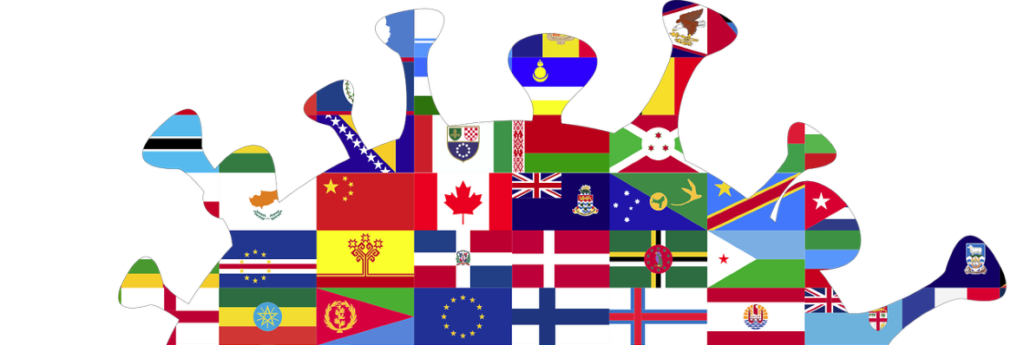Sydney’s international airport came alive with tears, embraces and laughter on Monday as Australia opened its border for the first time in 20 months, with some arriving travellers removing mandatory masks to see the faces of loved ones they’ve been separated from for so long.
Australia and other countries in the Asia-Pacific have had some of the world’s strictest COVID-19 pandemic lockdown measures and travel restrictions, but with vaccination rates rising and cases falling, many are now starting to cautiously reopen.
Some, like China and Japan, remain essentially sealed off to foreign visitors, but Thailand also started to substantially reopen Monday and many others have already started, or plan to follow suit.
Traveller Carly Boyd seized the opportunity presented by the new Australian regulations to jump on the first flight home from New York to surprise her parents, whom she hadn’t seen in three years.
“Just being able to come home without having to go to quarantine is huge,” she told reporters at Sydney’s airport, where the country’s unofficial anthem “I Still Call Australia Home” was playing.
Australia is betting that vaccination rates are now high enough to mitigate the danger of allowing international travel.
Initially only Australian permanent residents and citizens will be free to enter the country. Fully vaccinated foreigners travelling on skilled worker and student visas will be given priority over international tourists. But the government expects Australia will welcome international tourists back to some degree before the year ends.
Already, Australia announced Monday that vaccinated tourists from Singapore — which has one of the highest vaccination rates in the world — will be welcome from Nov. 21 under a bilateral agreement.
The new freedoms also mean that fully vaccinated Australian permanent residents and citizens can leave the country for any reason without asking the government for an exemption from a travel ban that has trapped most at home since March 25, 2020.
THAILAND
In Thailand, a country where tourism accounted for some 20% of the economy before the pandemic, the lockdown has caused massive job losses and hardship, and the government hopes the return of foreign visitors will provide a much-needed boost.
Still, only a few months removed from a surge fuelled by the delta variant of the virus that saw deaths rise dramatically, many Thais remain worried that an influx of outsiders could trigger new outbreaks.
Bangkok taxi driver Issarapong Paingam lost his mother to COVID-19 during the recent surge and said it would make more sense to him for the government to focus its attention fully on reopening domestically before introducing foreign travellers into the mix.
Thailand has allowed residents to travel during the pandemic but mandated a strict two-week quarantine in specially designated hotels for people entering the country.
Monday’s reopening builds on a pilot scheme launched in July on the resort island of Phuket, which allowed fully vaccinated travellers from selected countries to spend their quarantine moving around the island instead of in a hotel room. If travellers are fully vaccinated and from one of 63 countries and territories deemed “low risk,” they are exempt from quarantine. They need to spend one night at a designated hotel and can’t check out until they have a negative COVID-19 test, but then are free to travel.
Travellers from countries not on the preferred list or those who are unvaccinated are still subject to various quarantine rules. Restrictions are also being relaxed in the destination areas, including widespread reopening of businesses and other facilities such as department stores, spas, tattoo shops, schools, and sporting events.
Rules requiring masks and distancing remain in place, much like other countries in the region that have begun reopening.
In other places:
In India, which saw a peak of 400,000 daily cases in April and May, officials have been warning that people need to continue following such restrictions to avoid causing “super spreader” events during the holiday season as the country gradually reopens. India began granting tourist visas on Oct. 15 for fully vaccinated people arriving on charter flights and will extend them to tourists on commercial flights starting Nov. 15.
Neighbouring Sri Lanka has already started to allow fully vaccinated travellers without quarantines, and partially or non-vaccinated people with some restrictions. South Korea, which on Monday began to allow larger social gatherings and lifted operating-hour restrictions on restaurants, has a similar scheme.
Vietnam is still closed but plans to open the popular resort island of Phu Quoc to fully vaccinated vacationers by the end of the month, and neighbouring Cambodia, which on Monday lifted restrictions on domestic travel, has a similar plan to open two seaside provinces to international travellers. Malaysia intends to open its northern resort island of Langkawi on Nov. 15 to fully vaccinated tourists.
On Monday, Israel began welcoming individual tourists for the first time since the onset of the coronavirus pandemic. Israel had planned to reopen to tourists last spring but delayed the move amid a spike in cases driven by the highly contagious delta variant. Israel has since rolled out a booster campaign in which nearly half the population has received a third vaccine dose, driving cases back down. Throughout the pandemic, Israel has allowed some foreigners to visit, including people with close relatives in the country and people coming for work or study. It began allowing organized tour groups in September.
And on Nov. 8, of course, fully vaccinated Canadians (and Mexicans) will once again be able to cross into the United States via its land border.

